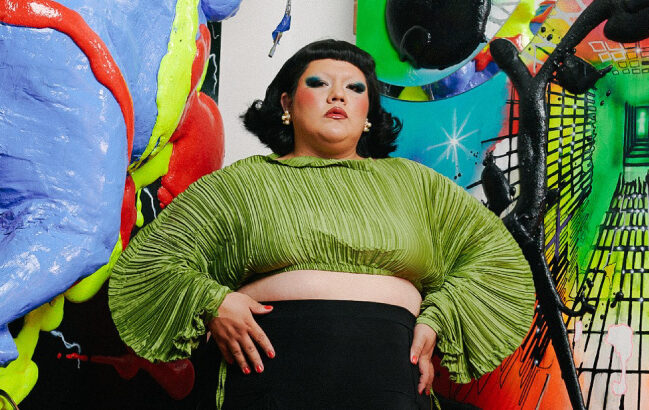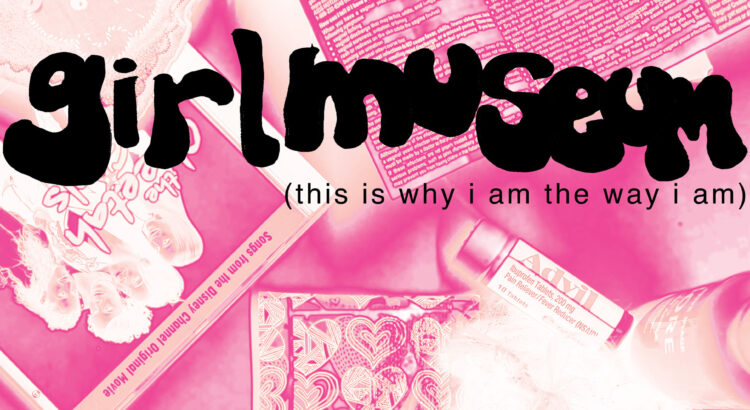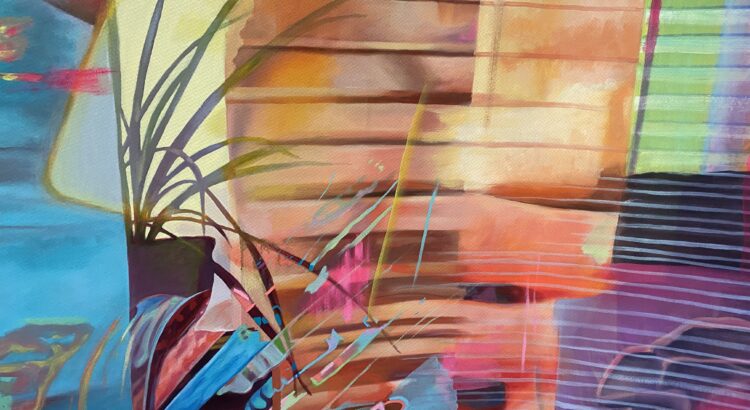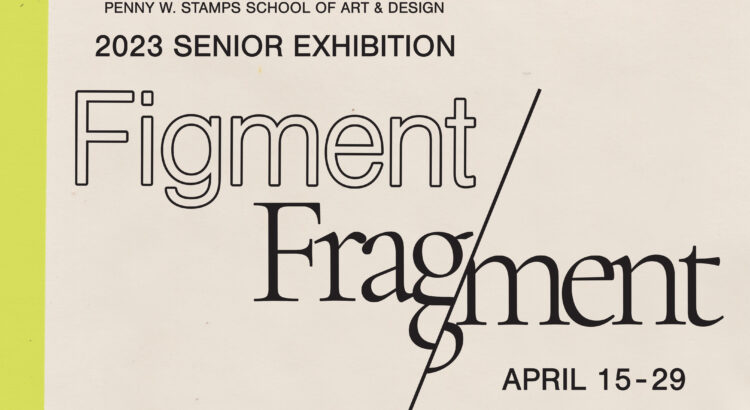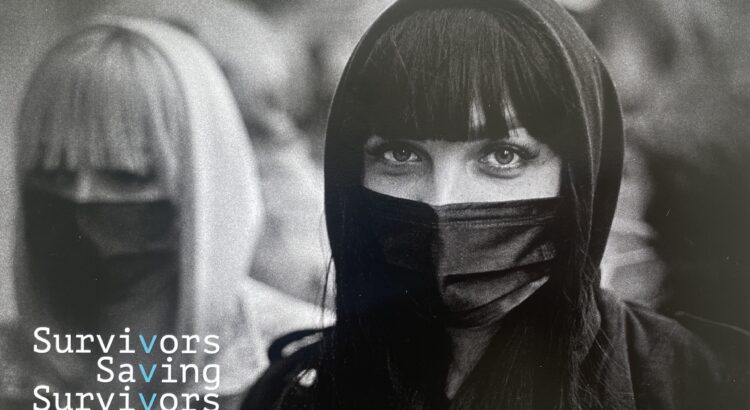L.A. artist Gabriela Ruiz is a self-taught multimedia artist whose sculptural pieces blur the line between the virtual and the real. I watched Gabriela talk at the Stamps Distinguished Speaker Series earlier this month and I was immediately captivated by her distinctly Gen Z artistic voice. Ruiz is unafraid to confront questions that are still emerging in our culture, such as: what does identity look like for digital natives? Decorated in vibrant colors, lush textures, and a tangle of animated pixels, her art captures the experience of being online, particularly the struggle of navigating memories and identity amidst virtual chaos.
An engram is a trace of memory; a digital engram, then, is a memory stored in an artificial code. Digital Engrams is an exhibition tucked into the Institute for the Humanities Gallery, occupying one beautiful room. Red walls drench the space in color, contrasting against the bright greens and psychedelic lights of Ruiz’ geometric sculptures. Built into and around the sculptures are swirls, soft grassy forms, collages of screens, and interactive audio-visual tools, forming an immersive experience that teeters between the natural and unnatural. Not only is her work multimedia, but it is multidimensional— it is in two, three, and four dimensions, containing everything from time-based media to stationery sculptures. It’s a satisfying installation because of the sheer variety of forms Gabriela Ruiz incorporates into the space.
As I walked around the space, watching the screens’ surreal montages and cryptic messages, I felt immersed in the hypnotism and strangeness of Ruiz’ digital world. The colors, textures, and sounds were overstimulating in a way that was familiar, echoing the feeling of everything happening all at once in digital space. The decontextualized montages and projections lend the exhibition a feeling of absurdity and disorientation. Still, these feelings are overwhelmed by fascination; I resonate with the organic, grassy forms lying near the digital structures because I am always trying to reconcile my “organic” identity with my digital identity; I resonate with the confused chaos and ephemerality of the mosaics of screens, representing moments passed and immediately forgotten but always preserved in a web of data; really, I resonate with Ruiz’ ever-changing sense of belonging in a world of overstimulation and non-stop movement.
My only complaint about this exhibition is that it isn’t bigger— I would have loved to explore an even larger room, a maze full of abstract structures and glitchy footage, as if exploring the depths of Gabriela Ruiz’ mind. I personally believe it is hard to make art about the digital world without the vastness and clutter of it drowning out the meaning; Gabriela Ruiz, on the other hand, approaches the subject beautifully. Her art is abstracted enough to be open-ended, simple enough to be digestible, and just colorful enough to be entrancing without being nauseating. She finds the balance between the tangible and the digital, creating a physical map of a futuristic generational struggle.
Digital Engrams by Gabriela Ruiz is a free exhibition at the Institute for the Humanities Gallery at 202 S. Thayer. It can be seen through December 8th and is open 9-5 on weekdays.

